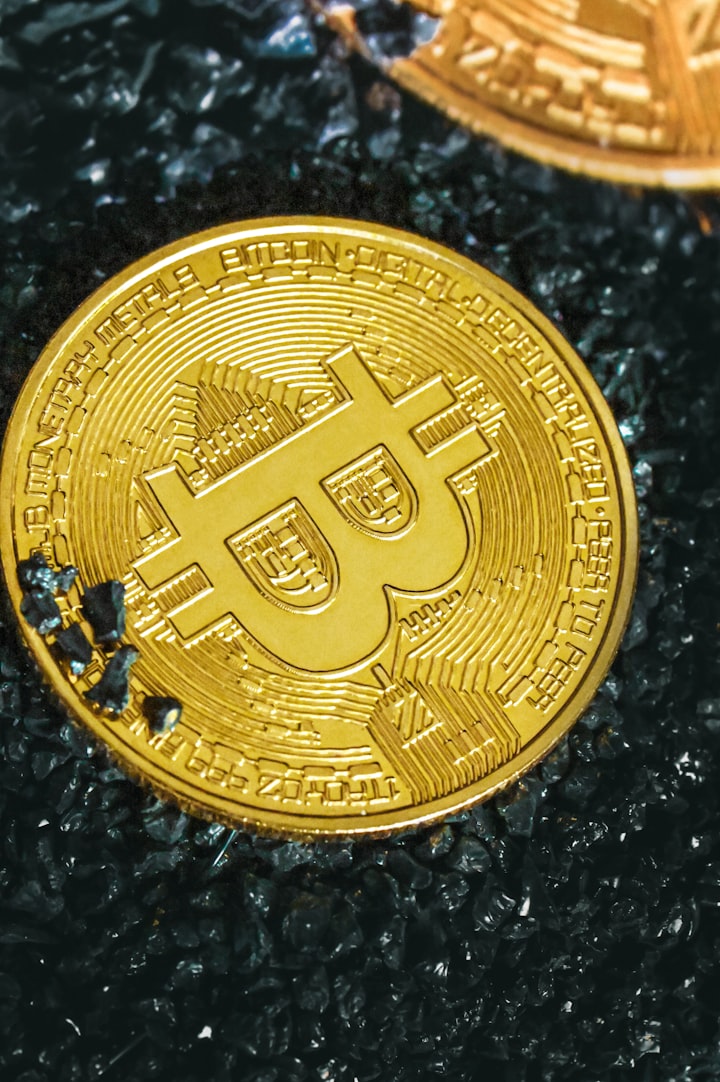How Emerging Technologies Are Shaping the Future of The Global Economy
The world is at the forefront of the digital revolution, with innovations transforming everything from how we use devices and gadgets to how we conduct financial transactions.
Economic growth has stagnated for more than a decade. This has happened at a time when the economy is facing many changes. What are the forces of change, how are they affecting growth dynamics, and what are their implications for policy? A recent book, Growth in a Time of Change, addresses these questions.
Three basic factors drive economic growth: productivity, capital and labor. All three face new challenges in a changing landscape. One of the key drivers of change is technology, driven by digital transformation.
Slowing Productivity and Investment
Productivity is a major long-term driver of economic growth. Technology-enabled innovation is the primary driver of productivity gains. Ironically, however, productivity growth has slowed as digital technology has exploded. On average in developed countries, the rate over the last 15 years is less than half of his previous 15 years. Firms at the forefront of technology have made significant productivity gains, but the broader impact on overall firm productivity remains weak. New technologies tend to produce winners with the most results. Dominant firms gain market power, market structures become less competitive, and business momentum slows.
Investment was also weak in most major countries
The risk of 'secular stagnation' is a concern as investment remains weak despite historically low interest rates. Weak productivity growth and investment reinforce each other and are tied together by similar changes in market structure and dynamics.
CHANGING LABOR MARKET
Technology is having a major impact on the labor market. Automation and digital advancements are shifting labor demand from routine low- to mid-level skills to more advanced and demanding analytical, technical and managerial skills. On the supply side, however, workers have lagged behind equipping workers with skills that complement new technologies, hampering the broader uptake of innovation within the economy. Education and training have lost the race to technology.
Most major economies face the challenge of an aging population. Many of them also see rising labor force participation rates and growth in basic educational attainment of the population as leveling off. These trends have led to an increased emphasis on productivity and the innovation that drives it to drive economic growth.
New Asset Classes
The digital economy is growing rapidly around the world. The current digital economy is characterized by the creation of new asset classes and the digitization of traditional assets. Emerging technologies such as blockchain, artificial intelligence (AI), Internet of Things (IoT), and 3D printing are playing a key role in driving this growth.
New technologies have the potential to dominate the global economy in the future. Blockchain, for example, has virtual coins and tokens that have grown exponentially in popularity in a short period of time.
Big players join the game
Blockchain capabilities have attracted many prominent technology and financial companies such as IBM, Oracle, JPMorgan Chase, and Boeing. For example, IBM recently partnered with financial technology company Stronghold to launch a dollar-backed cryptocurrency called Stronghold USD. This cryptocurrency is an example of leveraging consumer trust in a traditional asset (in this case, fiat USD) to support a digital asset.
There are also examples of companies combining two new technologies to provide future solutions. Aerospace giant Boeing recently announced a collaboration with his Spark Cognition artificial intelligence company to develop a blockchain-based traffic management solution for unmanned aerial vehicles.
Game Changer
Asset tokenization is not limited to traditional assets such as currencies. In new markets, you can leverage the intrinsic value of different assets to offer your security brand. Blockchain can be a differentiator between security tokens and traditional securities. Using smart contracts on blockchain eliminates the need for intermediaries and reduces transmission costs. This blockchain ease of use could have significant implications for traditional banking systems. It also eliminates the need for money as a medium of exchange, as all assets are liquid, readily available and divisible.
Automation and artificial intelligence are already taking hold in many markets. Trading algorithms have overtaken human traders. In the manufacturing industry, machines have taken over many of the tasks previously performed by humans.
The Need for a New Framework
In this fast-changing economy, it is no longer possible to rely on traditional models and decision-making methods






Comments
There are no comments for this story
Be the first to respond and start the conversation.